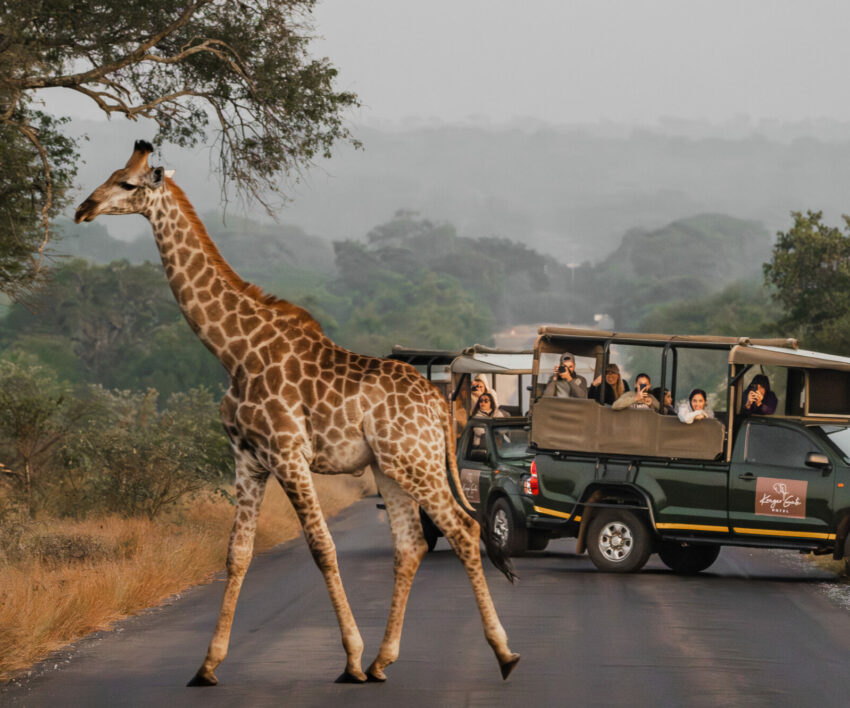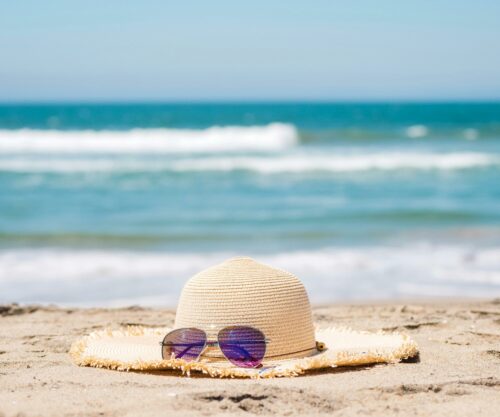
Kruger National Park has long been one of the world’s top tourist destinations, attracting more than a million visitors annually. For most visitors, it is understandably the main attraction on their stay. The park’s sheer size and variety of wildlife means that you could spend days exploring it and still not see everything.
But there’s also plenty to see in the areas around the park, from breathtaking landscapes to famous eating spots, and historical landmarks. As Miguel Farinha, Hotel Manager at Kruger Gate Hotel points out, visiting at least some of these attractions is especially easy for visitors driving to the park from South Africa’s biggest population centres.
“Whether you’re driving to Kruger from Gauteng, KZN, or further afield, there are some must-see attractions as you drive through Mpumalanga,” he says. “Even if you fly into Kruger Mpumalanga or one of the other airports servicing the park, it’s worth taking one or two day trips during your stay to get a fuller experience of what the region has to offer.”
For those in search of stunning scenery, Farinha points out that visitors need look no further than the Panorama Route, which is centred on the Blyde River Canyon, the world’s third-largest canyon.
“The canyon itself offers numerous activities including hiking, horse-riding, white-water rafting and kloofing,” says Farinha. “But it’s far from the only thing that Panorama Route has to offer, whether you’re looking for dramatic landscapes, sites of natural beauty, South African history, or foodie delights.”
When it comes to landscapes, the route offers views of the canyon. But there are other features such as God’s Window and Three Rondavels. The former is a vantage point on the Drakensberg escarpment, situated on a cliff with a 700-metre drop. On clear days, you can see as far as the Mozambican border from it. The latter, meanwhile, is a geological feature which resembles the round, thatched huts which people in the region traditionally live in.
“If you ever need a moment of awe, you could do a lot worse than to stop off at God’s Window or the viewing point for Three Rondavels,” says the hotel manager.
As he points out, however, the region also has plenty to offer for people who want to get up close and personal with geographical and geological features.
“The area leading up to Kruger is home to some incredible waterfalls, such as the Bridal Veil (named for their similarity to a bride’s veil), Mac-Mac, and Berlin Falls,” says Farinha. “For cave lovers, there are the Echo and Sudwala Caves. The latter are believed to be among the oldest in the world.”
Another unique geological feature in the area is Bourke’s Luck Potholes. Situated at the confluence of the Treur and Blyde Rivers, the formations were created by centuries of water flowing through the landscape. The potholes also mark the start of the Blyde River Canyon.
If history’s more your thing, the region has a rich heritage stretching back thousands of years. The historic mining town of Lydenberg, for example, is home to the Lydenberg Heads, hollow terracotta sculptures dating back to 500 AD. And if you want something a little more interactive, why not pay a visit to the museum town of Pilgrim’s Rest?
“Pilgrim’s Rest is a lot of fun for kids and adults,” says Farinha. “As well as soaking up the history of gold mining in the region, you can try out gold panning, hike, and have a well-earned cold one at one of the town’s pubs at the end of the day.”
For foodies, there is an increasingly wide array of options for all budgets within Kruger National Park and its surrounds. No establishment, however, has managed to achieve quite the same acclaim as Harrie’s Pancakes in Graskop. Founded in 1986, the restaurant has been a must-do for visitors to the region for much of its history.
“As someone who works in the hospitality industry, I have some idea of how volatile the restaurant industry can be,” says Farinha. “The fact that Harrie’s Pancakes has become a South African institution by focusing on delicious pancakes with sweet and savoury fillings, adapting to changing tastes over the years, is something that should be more celebrated.”
Ultimately, Farinha says, there’s a lot more to the areas around Kruger than spectacular wildlife. As he points out, by taking the time to explore those things, you’re not only giving yourself a much richer understanding of the region but also contributing to local communities that may not be served directly by the park.
“The people of Mpumalanga are some of the warmest and friendliest I’ve ever met,” says Farinha. “So, next time you’ve got a big trip to Kruger planned, why not stop off and experience these incredible and that warmth yourself?”
Also see: Beginner’s guide: 9 Tips for creating travel content




